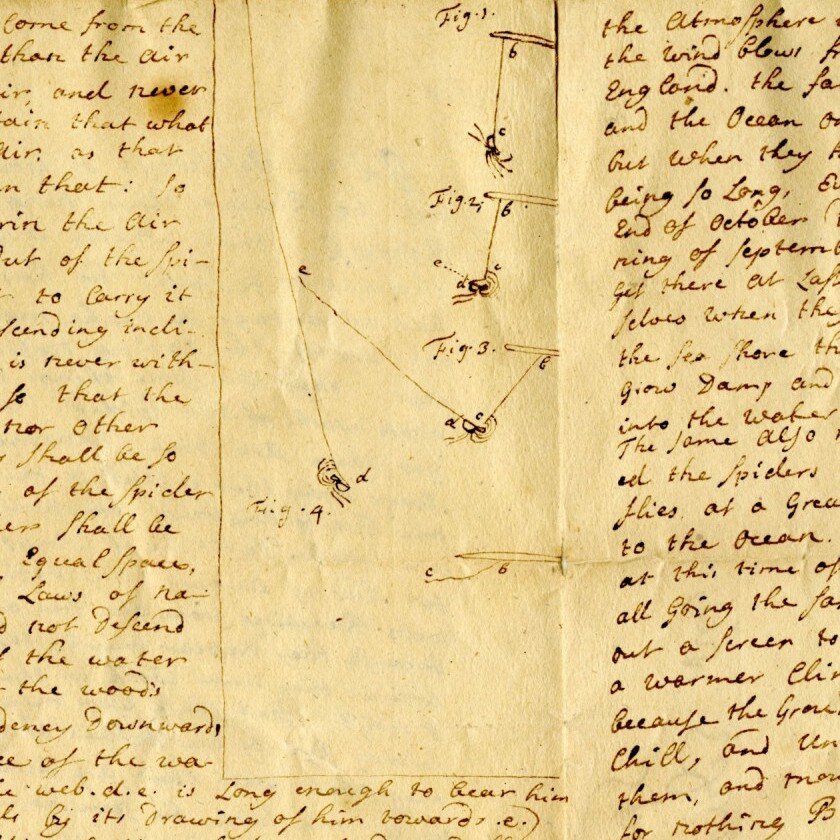The sound of ocean waves crashing on the shore always stirs in me a kind of religious awe. But at the North Carolina coast recently, I had a different kind of mystical experience.
During an evening walk on the beach on the first day of my annual getaway with my sister and her children, we came upon a group of volunteers from a sea turtle rescue organization. They were gathered around a nest where a fresh indentation in the sand indicated that buried turtle eggs might be hatching.
We stood there for a long time as darkness fell, hoping to see the hatchlings emerge. But nothing happened.
Heavy rain the next few days interrupted the volunteers’ vigil. During breaks in the rain, we kept returning to the same spot, but each time, there was no change in the fenced-off place in the sand.
On our last evening at the beach, we had little hope of seeing anything. But when we arrived at the nest, the volunteers pointed to a small hole that had just opened in the sand. A hatchling was about to emerge.
About ten minutes later, a baby loggerhead sea turtle poked its head through the hole. We were transfixed as its tiny body, barely two inches long, appeared. Crawling out tentatively at first, it soon beat a steady path down a shallow trench the volunteers had dug to ease its passage.
Guided by instinct, the fragile creature made its way to the water’s edge as the tide was coming in. Then it was gone, swept away by the sea.
What happened to that little turtle? With so many predators lurking by water and by air, the odds of its survival were not great. But with a little luck, it might grow to adulthood and return someday to lay its own eggs at the shore.
The baby turtle’s inexorable journey to an unforgiving ocean brought to mind Robert Lowell’s haunting poem, “Mr. Edwards and the Spider” (1946), based on the colonial theologian Jonathan Edwards’s famous “Spider Letter.”
In that manuscript, the young Edwards described what naturalists today call “ballooning,” in which certain spiders fly considerable distances by casting themselves on gossamer threads to catch the wind. By this method, Edwards observed, spiders flew eastward toward the sea, only to be consumed by the waters.
Lowell’s retelling of Edwards’s letter is a poetic masterpiece:
I saw the spiders marching through the air,
Swimming from tree to tree that mildewed day
In latter August when the hay
Came creaking to the barn. But where
The wind is westerly,
Where gnarled November makes the spiders fly
Into the apparitions of the sky,
They purpose nothing but their ease and die
Urgently beating east to sunrise and the sea
To Edwards, spiders displayed the wisdom of the Creator, who kept nature in balance by seeing to the destruction of some of them (by water or by birds) while constantly replenishing their numbers such that “taking one year with another, there is always an equal number of them.”
Lowell’s poem is darker, invoking in its later stanzas Edwards’s famous sermon “Sinners in the Hands of an Angry God,” in which a spider dangled over the pit of hell becomes the image for a condemned sinner. Lowell questioned the logic of a theology in which God predestined some humans as vessels of wrath fitted to destruction.
I’m less sure than Edwards or Lowell about the theological message of spiders—or turtles. The empirical side of me says that certain things just are and that it’s futile to look for deeper meanings. But the mystical side of me wants to know what spiders and turtles are seeking when they urgently beat east to sunrise and the sea. Surely the ocean, like nature itself, conceals vast mysteries that we humans can scarcely imagine.
© 2021 by Peter J. Thuesen. All rights reserved
Illustration credits:
Loggerhead sea turtle hatchling at Indian Beach, N.C.: Peter Thuesen
Detail of Jonathan Edwards’s “Spider Letter”: New-York Historical Society
Robert Lowell: Alfred Eisenstaedt, Life Magazine
Bibliographical Note
Robert Lowell’s “Mr. Edwards and the Spider” originally appeared in Lord Weary’s Castle (New York: Harcourt Brace, 1946). Jonathan Edwards’s “Spider Letter” appears in The Works of Jonathan Edwards, Vol. 6, Scientific and Philosophical Writings, ed. Wallace E. Anderson (New Haven, Conn.: Yale University Press, 1980), pp. 163-169.


